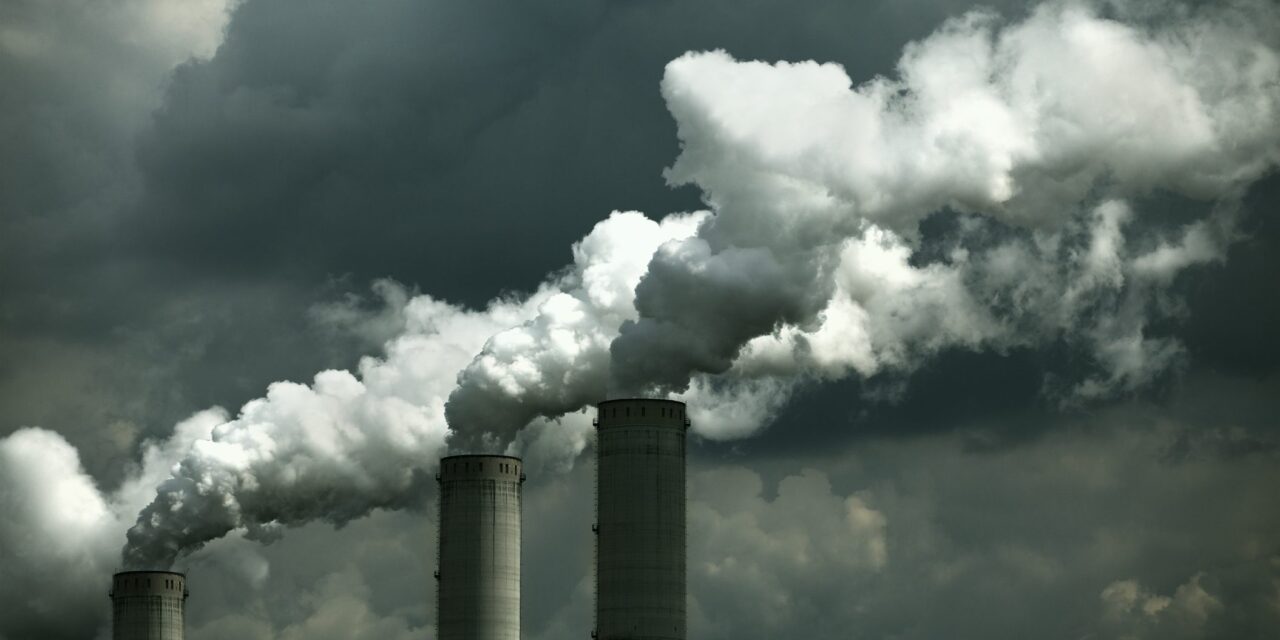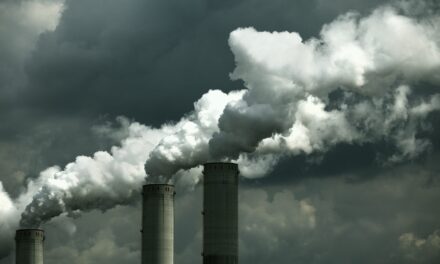This is the second in a series of articles about Environmental Pollution, prompted by Susanbhu’s diary about the 10 most under-reported stories.
Part 1 of this series can be found at:
Part 1
In that first diary I have asked for others to sign up for writing diaries on the enormous and wide ranging problems related to pollution all over this earth, from the oceans, to the air, to forests, rivers, lakes, streams and in our home. I guess a good question would be, “where is there not pollution?” So please, if you are concerned about our lives and our health as I know you all are, consider a diary.
The subject of this diary is Diesel Pollution which is a very serious threat to our heath. As an asthmatic living in the belly of the beast, so to speak, as I live near an industrial area, just filled with diesel trucks, I can testify to the fact that the fumes do indeed effect my breathing on a daily basis.
There are so many different sources of info on this so I will just post two references articles:
Diesel Pollution Poses Growing Health Threat
Thursday, February 24, 2005
By Todd Zwillich
Pollution from diesel engines is expected to shorten the lives of 21,000 Americans by the year 2010, according to a new report.
In addition to 3,000 deaths from lung cancer alone, diesel soot also contributes to an estimated 15,000 hospital admissions, 27,000 nonfatal heart attacks, and more than 400,000 asthma attacks each year, concludes the report, published by the Clean Air Task Force.
“This makes it one of the most significant public health risks out there,” says Conrad Schneider, the group’s advocacy director and a co-author of the report.
The Environmental Protection Agency is scheduled to begin enforcing diesel rules in 2007 that will force new trucks, buses, farm equipment, and heavy machinery to use particle filters and cleaner fuel technology. The rules are designed to cut total diesel emissions by 90% over the next several years.
But the lag time leaves a “gap” where existing vehicles and equipment will keep on spewing concentrated diesel fumes for up to 30 years, the time it takes the average diesel engine to wear out, Schneider says.
The group wants the federal government to increase spending to fit diesel filters on public vehicles like garbage trucks and millions of transit and school buses. They also are calling on cities and state legislatures to identify areas where the highest concentrations of diesel particulates circulate in the air.
Twenty-one states already require the use of reduced-sulfur diesel fuel.
(snip)
Diesel Deaths and Cities
The report lists the top 50 cities, in order of deaths per 100,000 adults. (For the complete list, see below.)
City/Deaths per 100,000 Adults:
- Beaumont, Texas/ 29
- Baton Rouge, La./ 27
- New York/ 25
- Philadelphia/ 22
- Trenton, N.J./ 20
- Baltimore, Md./ 19
- Huntington, W.Va./ 18
- New Orleans/ 17
- Pittsburgh, Pa./ 15
- Cincinnati/ 15
(snip)
But a diesel industry representative criticizes the report, noting that the health estimates in it use 1999 data that do not accurately reflect lower particulate levels seen today.
“They’re overstating the risk. They’re using data that is six years old in this case,” says Allen Schaeffer, executive director of the Diesel Technology Forum. Overall diesel emissions dropped 37 percent between 1990 and 2000.
This is an excellent article from Union of Concerned Scientists:
Diesel Pollution Primer
soot formation, emissions, dispersal, and health effects:
At some point or another, we’ve all gotten caught behind an 18-wheeler, a garbage truck, a tractor, or a bulldozer and seen, smelled, and even felt the clouds of soot coming from their tailpipes.
But how and why does diesel fuel produce this haze of soot, or particulate matter (PM), and how does it affect the bodies of those who breathe it in? In this backgrounder we take a look at the lifecycle of soot and explore its implications for your family’s health.
(snip)
The Birth of Soot
Soot, or particulate matter (PM), begins its life in the belly of both gasoline and diesel-powered engines. These engines create chemical and organic compounds from the combustion of hydrocarbon-based fuels (fossil fuels). These compounds then cluster together in particle form to create soot, which is released into the air as exhaust. Soot may also come to life as the indirect byproduct of nitrogen oxides (NOx) and sulfur dioxides (SOx) reacting in the atmosphere. Soot’s composition often includes hundreds of different chemical elements, including sulfates, ammonium, nitrates, elemental carbon, condensed organic compounds, and even carcinogenic compounds and heavy metals such as arsenic, selenium, cadmium and zinc.1
(snip)
Soot’s Trip Through Your Body
As soot travels through the air in your community, you breathe it in, and so it starts the next phase of its journey: a trip through your body’s respiratory system. Large soot particles (>10 microns) deposit in your nose, throat, and lungs, causing coughing and sore throat, and are ejected from your body through sneezing, coughing, and nose blowing. Coarse particles (10 microns) are inhaled into your windpipe and settle there, causing irritation and more coughing. Fine and ultrafine particles (less than 2.5 microns) are the most successful in invading your body, small enough to travel all the way down deep into your lungs.
(snip)
Once there, these soot particles can irritate and mutate the most sensitive tissues in your lungs: your alveoli. These air sacs line your lung’s alveolar ducts and are the primary gas exchange units of the lungs. Surrounded by networks of blood capillaries, alveoli exchange oxygen and carbon dioxide from the air you breathe in with blood in your capillaries, thus allowing your circulatory system to carry oxygen to the rest of your body. Soot particles, however, make this task more difficult as they cause inflammation and scarring of these alveoli.7 Scar tissue builds up and slows oxygen flow to your capillaries, straining your heart because it must work harder to compensate for oxygen loss.
(there is much more info plus charts and animations on this site listed above, so please check that out.)
Face it folks we are in a pollution nightmare and we need to get active and do something about this before it’s too late. I just hope it isn’t already. It is worth noting that in my poll on the first diary 60% (of a very small sampling of 10, said the environmental cup was cracked, not half full or half empty, but cracked. Interesting!
Any ideas about action that can be taken to get a grip on this everlasting and eternal pollution problem????





